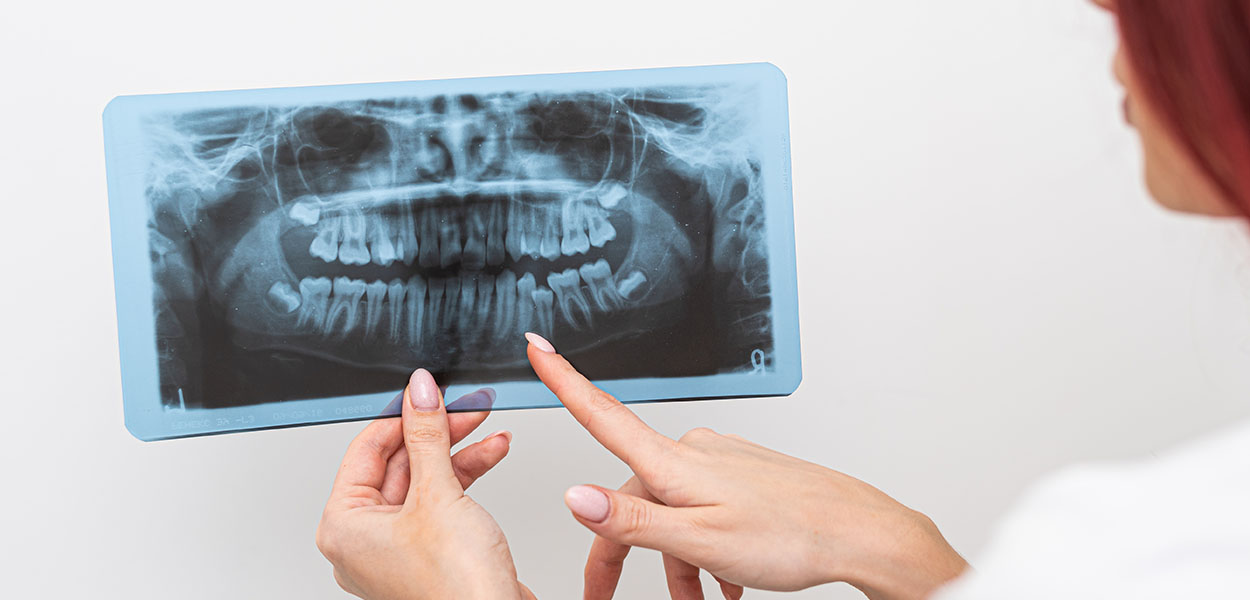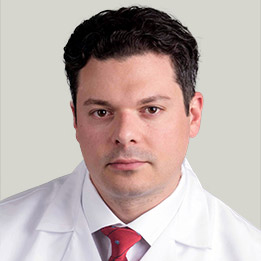Wisdom Teeth and Braces – What Parents Need to Know

Grayslake, IL – Wisdom teeth are the final set of molars that erupt during the late teen or early adult years. We don’t have much use for these teeth today, so they are typically removed as most jaws don’t have enough room to accommodate them. But if you’ve heard the old wives’ tale that you should wait on orthodontic treatment until after these teeth have come in, Dr. Michael Stosich of Stosich Consulting says that isn’t the case.
“Some people mistakenly believe that if you have orthodontic treatment done before your wisdom teeth erupt, these teeth will exert pressure and damage your orthodontic result,” says Dr. Stosich. “However, the science shows us that this isn’t the case. The eruption of wisdom teeth doesn’t place enough pressure to alter your orthodontic result. And in fact, waiting for them to erupt may cause even more difficulties.”
Many people still believe that orthodontic treatment isn’t needed until the later teen years. That’s often because of popular culture, where we envision a teen navigating high school with braces. But the American Association of Orthodontists recommends that children visit an orthodontist for the first time at the age of seven (see this post and also this one.).
While this may seem young, it’s the ideal age for a few reasons. First, the child will usually have a mix of permanent and baby teeth at this age. Additionally, the orthodontist will be able to see how the jaw is taking shape and look for signs of abnormalities or issues caused by bad habits, such as thumb sucking or mouth breathing.
When we wait until later in the teen years, such as after the wisdom teeth have erupted, issues that may have been easier to fix as the jaw was still growing may become more complicated.
That’s because orthodontic work can be more effective and efficient when we can work with a jaw that hasn’t stopped growing. Early interventive orthodontic treatment allows us to guide the growth of the jaw, which creates a better environment for the permanent teeth to erupt. This then makes the straightening phase of treatment much easier.
The most common age for orthodontic patients is between the ages of 11-13, which is long before wisdom teeth erupt. And once your wisdom teeth do erupt, you’ll have a beautifully straight smile that won’t be impacted by the wisdom teeth. That will especially be true if you keep up your retainer wear.
Once your braces are removed, you’ll be given a retainer to help ensure your orthodontic results are maintained. You must wear your retainer as directed by your orthodontist, not only in the weeks immediately following treatment but in the years ahead, too. This is because your teeth naturally shift as you age. You may notice your bite has shifted slightly as you age, and some people may mistakenly attribute that to wisdom teeth erupting. Your wisdom teeth have very little to do with a shifting smile, but failing to wear your retainer is typically the culprit.
“Retainers are a very important component of your orthodontic treatment plan,” says Dr. Stosich. “Not only do your retainers help hold your teeth in their new locations as the bone regrows and the periodontal ligament adjusts, but they also hold the teeth in place as you age and your smile begins to shift. Everyday wear can take a toll on our smiles, but wearing your retainer regularly can ensure your orthodontic result is maintained.”
While many patients do require their wisdom teeth to be removed, removal has little impact on the overall smile. Removal of wisdom teeth can be done after orthodontic treatment has been completed, with no effect on your final result.


